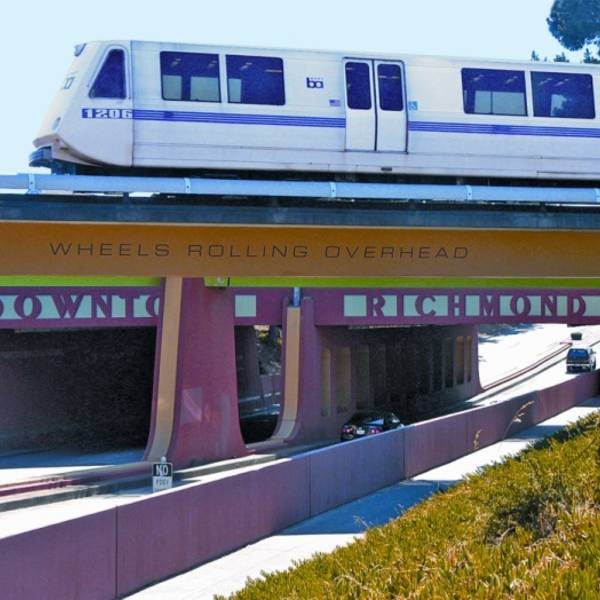U Transit Asset Management Additional Research on Capital Investment Effects Could Help
Post on: 16 Март, 2015 No Comment

Contact:
Office of Public Affairs
(202) 512-4800
What GAO Found
To prioritize capital investments, selected transit agencies we reviewed follow some leading practices in the areas of planning, information and data systems, and ranking capital projects. For example, several agencies have developed asset inventories that provide accessible, consistent, and comprehensive information about their assets. One agency also incorporated asset condition data into its asset replacement models, resulting in more accurate and cost-effective replacement investments. However, transit agencies face challenges in implementing these leading practices. For example, several agencies we visited reported challenges collecting data or monitoring or analyzing assets’ condition and performance.
As part of efforts to prioritize investments, some of the transit agencies we reviewed can estimate the effect capital investment decisions have on their state-of-good-repair backlog and on-time service to customers. In particular, the Federal Transit Administration’s (FTA) Transit Economic Requirements Model (TERM) and TERM Lite models—tools to estimate capital investment needs—recently helped some agencies determine effects on their state-of-good-repair backlog. However, of transit agencies we visited, only two measured the effects on the condition of certain assets. Further, none of the agencies measured effects on future ridership, in part because they lacked tools to determine these effects. Not understanding the effects of capital investment decisions on future ridership may limit transit agencies’ ability to effectively prioritize their capital investments.
FTA has supported transit agencies’ use of leading asset management practices through several initiatives. For example, FTA developed a guide to help transit agencies implement these leading practices. Also, FTA is modifying its TERM Lite model to help transit agencies better estimate capital investment needs and prioritize investments. However, FTA could assist transit agencies by conducting further research that examines effects of capital investments, including those effects on future ridership. Understanding these effects would help transit agencies optimize their use of limited transit funding.
Why GAO Did This Study
Many of the nearly 700 public transit agencies in the United States struggle to maintain their bus and rail assets in good repair. Assets that are not in an acceptable condition and not rehabilitated or replaced can reduce safety, on-time service, and ridership. Asset management practices can help agencies prioritize their capital investments to help optimize limited funding.
This report examines (1) the extent to which selected transit agencies follow leading asset management practices to prioritize capital investments, and challenges in using these practices; (2) the extent to which these agencies measure the effects of capital investments; and (3) FTA initiatives to support transit agencies’ use of leading practices. GAO reviewed federal legislation and analyzed reports on leading asset management practices; reviewed the asset management practices of 18 transit agencies through a site visit or literature search; and interviewed federal officials and others. Site visit agencies were selected to represent a range of sizes based on annual ridership and the number of vehicles available. The findings from the 18 agencies cannot be generalized.
What GAO Recommends
GAO recommends that FTA conduct additional research to help transit agencies measure the effects of capital investments, including future ridership effects, to help agencies optimize limited funding. DOT did not agree or disagree with the recommendation.
For more information, contact David J. Wise at (202) 512-2834 or wised@gao.gov .














